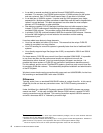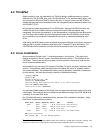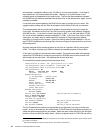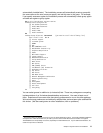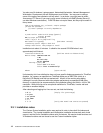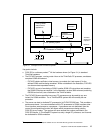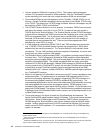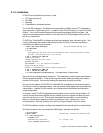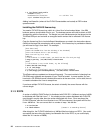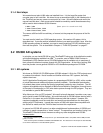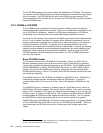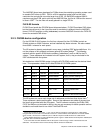
16 S/390 PID: ThinkPad Enabled for S/390
3.1 FLEX-ES
This redbook concentrates on the use of FLEX-ES with a ThinkPad running Linux.
Furthermore, we describe a particular ThinkPad/EFS configuration used as a starting point
for IBM’s S/390 Partners in Development (PID) organization. This configuration might be
regarded as the minimum practical system for using OS/390 and z/OS.
The following descriptions and figures assume this particular ThinkPad/EFS configuration.
Other configurations and more complex systems are possible, but are not described here.
3.1.1 Brief introduction
Conceptually, FLEX-ES can be viewed as the following components:
A S/390 instruction emulator, which might be seen as the heart of the system. It examines
each S/390 operation code and emulates that operation, using the instructions of its
underlying PC processor.
A resource manager that controls the interfaces between the emulated S/390 processors
and emulated I/O devices and connections.
Emulators for various S/390 I/O devices.
A FLEX-ES console for controlling FLEX-ES startup and operation. (This is not related to
the OS/390 master console.)
A Terminal Solicitor program that emulates local, channel-attached, non-SNA 3270
terminals. The actual terminals are TN3270 sessions that connect to this program through
normal TCP/IP protocols.
A number of utility programs to help set up and run the FLEX-ES environment.
Figure 3-1 provides a simplified view of FLEX-ES operation. FLEX-ES is simply a process
1
under Linux. While this illustration should not be taken too literally, it can be used to make a
number of basic points about FLEX-ES.
1
It is actually a number of interrelated processes and threads, but that can be ignored at the conceptual level.



